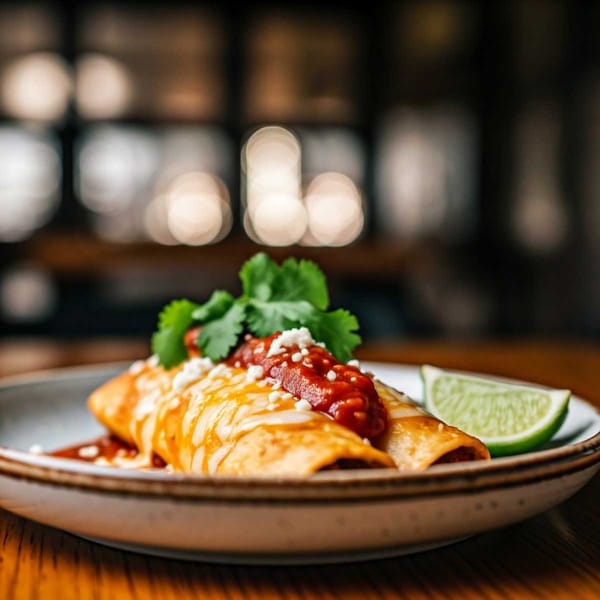Cultural diversity, the wealth of Mexico
getting close to the knowledge of the first inhabitants of this territory and that later they would give birth to various civilizing trunks, such as the Olmec culture.

In the National Museum of Anthropology of Mexico described by her as "the most beautiful in the world", the Secretary of Federal Culture, Alejandra Frausto, inaugurated the exhibition "Gulf. Ancestral mosaic ", after ensuring that" there is no community without culture or culture without community ".
During her speech, she mentioned that the greatest wealth of this country is its enormous cultural diversity, and recognized that if an institution has taught Mexicans to recognize it, it is the National Institute of Anthropology and History (INAH), a dependency that celebrates eight decades of life this 2019. "It is an honor to be the holder of Culture and commemorate these 80 years."
For his part, the anthropologist Diego Prieto, head of the INAH, mentioned that the exhibition is at the same time a celebration for the 80 years of the institute and another that has to do with the fact that 500 years ago a group of Spaniards disembarked in the Gulf of Mexico and found the wonders that are now presented to the public in that exhibition.
"Several pieces that can be admired in the exhibition are part of the treasures of the communities of the municipality of Jáltipan, in the South of Veracruz, and we are grateful because they provided those pieces that are the patrimony of the nation but their custody, care, and significance corresponds to the inhabitants of Jáltipan, men, women, and children, "he said.
He said that the exhibition is derived from a broad academic project carried out by INAH, under the premise of celebrating the pluricultural condition of Mexico established in the Constitution, and which is based on the existence of the original peoples of the country, and stressed the richness of the prehispanic cultures settled in the Gulf of Mexico.
He explained that the exhibition allows getting close to the knowledge of the first inhabitants of this territory and that later they would give birth to various civilizing trunks, such as the Olmec culture, and it is the recovery of materials from those who for more than three thousand years have occupied Continuously the areas that today occupy Tabasco, Veracruz, San Luis Potosí and Tamaulipas.
Thus, within the framework of the 500 years of the disembarkation of Europeans on the coasts of the Gulf of Mexico and the founding of Veracruz, the INAH presents "Gulf. Ancestral mosaic ", which accounts for the plurality of cultures that until 1518 inhabited the region and its surroundings, where it is estimated that around 20 languages were spoken at the time of the Conquest.
Once the ceremony was over and the inaugural ribbon was cut, the officials toured the exhibition, a curatorial proposal by Rebeca Bell González Lauck that raises new approaches derived from the archaeological investigations that in the last decades have generated a lot of information, inviting to revaluate the traditional interpretations.
González Lauck spoke of the preconceived idea that only the Olmecs inhabited the Gulf coasts in the Preclassic period, Totonacs in the Classic, and Huastecs in the Postclassic period. Recent research shows that it is a dynamic multicultural region, where for three millennia there was constant interaction between the different groups that inhabited it.
44 sculptures and individual pieces are exhibited. The star is "Scarified Woman", discovered in the Archaeological Zone of Tamtoc, San Luis Potosí, which first leaves the Huastec site, and 357 objects corresponding to 21 sets, between burials and offerings such as the "Offering 4" of La Venta, and a lot of the "Jewelry of the fisherman" of the Baluarte Museum of Santiago de Veracruz.
All the pieces are original except three, of which faithful replicas are exhibited: the sculpture "The Priestess", of Tamtoc, which could not bring from the archaeological site of Tamtoc because it weighs 36 tons and seven meters in length, and the "Statuette of the Tuxtlas", engraved with Isthmian writing, whose original is in the Smithsonian Institute in Washington.
The third faithful replica of the original is a beautiful and interesting facsimile of the "Lienzo de Tzoquitetlan-Tzicohuac" that dates back to the 16th century, currently housed in the vaults of the National Library of Anthropology and History and that for reasons of conservation should not be moved, for being a unique piece of high historical, artistic and cultural value.
The route of the celebratory exhibition begins with the theme "Human Figures". There, through a selection of sculptures of different styles that give a precise account of the plurality of inhabitants of the region, we can appreciate how the ancient inhabitants portrayed their physique and clothing, they are pieces of different materials and different sizes.
Another thematic core is "Communication". As is already known, the Olmecs did not have writing, but in recent years it has been known that sculptures functioned as a form of ideological and visual communication; "The yokes, ritual stone traditions" is the next theme and refers to U-shaped stones, smooth or carved with images of toads or faces of a human being.
"Influences" highlights the interaction that the Gulf cultures had with each other and with other regions for at least three millennia; in the section "Political Organization", from the replica of the "Lienzo de Tzoquitetlan-Tzicohuac" offers evidence of the political, economic, and social complexity in the Gulf coast, explained the curator.
In the section "Offerings" the objects are exhibited in the contexts that were discovered: there are offerings of early epochs, Olmec, associated with springs, eyes of water, rivers, and of later periods that accompany burials, constructions, and the landscape in general, because every cultural group on the Gulf Coast had a different way of offering, he said.
The "Fishermen's Jewelry" section refers to the set of gold pieces (some in the shape of slopes and others cast by the Spaniards as ingots) that were made in the Oaxacan Mixteca and today are part of the collection of the Baluarte Museum in Santiago. A fisherman found them in the 70s. It is not known if the Spaniards took them from Oaxaca or if they were already in Veracruz beforehand.




